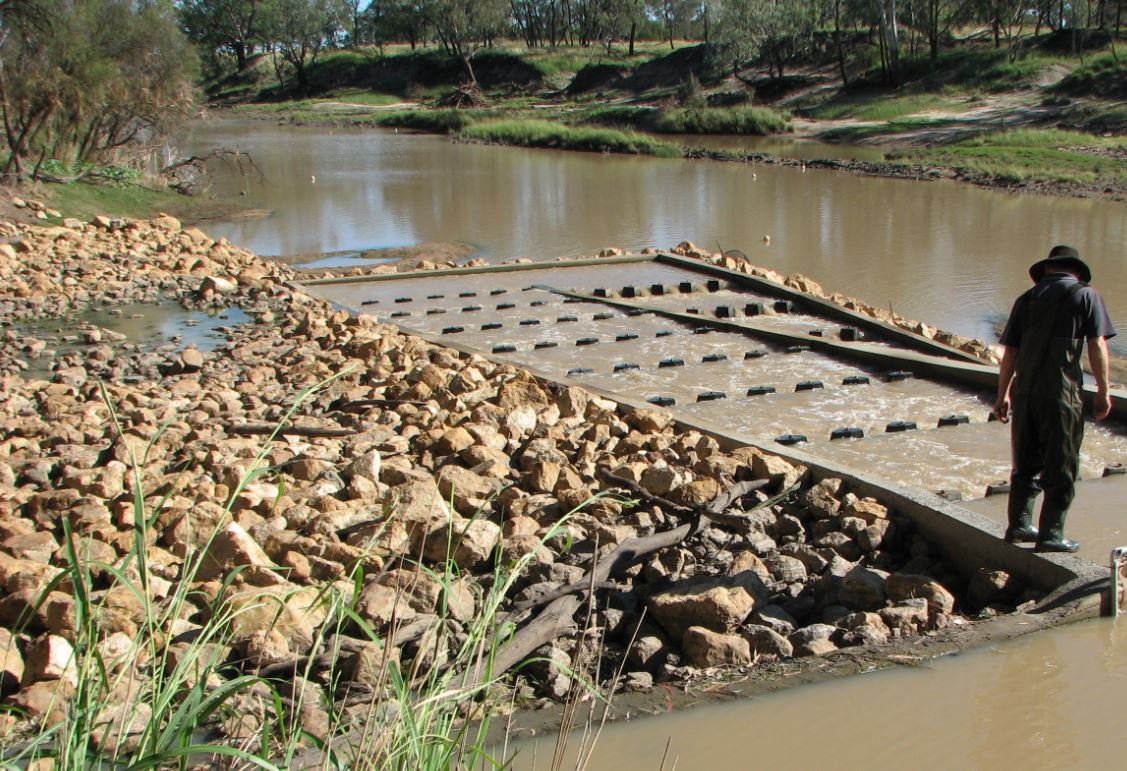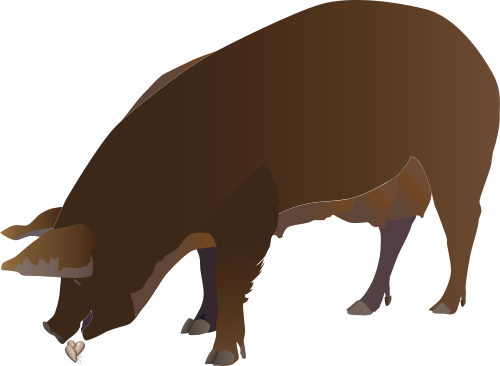|
|
WetlandUpdate April 2021Aquatic fauna passage (biopassage)
Australian native fish and other water-based fauna need a range of habitats to complete their life cycle and rely on specific seasonal and life stage habitats. The Aquatic fauna passage (biopassage) pages provide general information about aquatic fauna passage, the types of movement and ways, biopassage structure (fishway) mapping and a user defined template are also provided to faciliate improved aquatic fauna passage.
Nitrogen processes
The nitrogen processes pages provides synthesize information on nitrogen processing in the landscape. These processes can be complicated, these pages provide an intergrated understanding of chemical processes and discribes the complicated science related to the inputs, processes, stocks, outputs, effects, and management issues associated with Lacustrine, Paulstrine, Mangrove and Rainforest systems. Nitrogen is essential to life on Earth. It is a component of all proteins, and it can be found in all living systems. Nitrogen compounds are present in organic materials, foods, fertilisers, explosives, some wastewaters, and poisons. Nitrogen is crucial to life, but in excess it can also be harmful to the environment. HydrologyHydrology is the study of the properties of the Earth’s water, particularly the distribution and movement of water between the land surface, groundwater and atmosphere. This new section provides information on how the hydrology can be studied at a range of scales (such as catchment, regional or global) and from different perspectives (for example, focusing on a particular wetland, a river catchment or a groundwater aquifer) depending on the questions being asked. Feral pigs
Basic information is provided on Feral pigs. Feral pigs can cause extensive environmental damage and damage to environmental, social, cultural, and economic values. Additionally, predate on native wildlife, destroy habitats, compete for resources against native wildlife, and invasive weeds, disrupting the ecosystem services provided by wetlands and other water systems. UpdatesUpdated information Litter and Illegal Dumping Management FrameworkPages have been updated to include additional litter and waste reduction mechanisms. Updated layers on WetlandMaps and WetlandSummary
The Assessment Toolbox
Wetland projects search toolAdditional projects have been added to the wetland projects search tool including a number from Natural Disaster Relief and Recovery Arrangements (Carla's PINs).
Legislation pagesFish etc
Additional links
WetlandUpdateThe WetlandUpdate is a regular bulletin sent to subscribers to provide you with the latest WetlandInfo resources and tools, as well as case studies, video information and new project fact sheets. WetlandInfo feedback and improvementsContact us via email for feedback, information or questions about wetlands. WetlandInfo feature species - Australian Pied OystercatcherOur World Wetland Day feature species is the Australian pied oystercatcher. This species is part of a group of birds called shorebirds. Shorebirds, also known as waders, gather in intertidal areas or on the fringes of freshwater wetlands. They generally have long legs in relation to their body size, no webbing on their feet and they don't swim. The shape and size of their bill gives a clue to their preferred diet and habitat. Inhabiting sandy beaches and mud flats, Oystercatchers are typically seen probing the sand or mud with their long bills in search of sandworms, molluscs or crabs, sometimes hammering at their shells. Or they may be seen roosting at high tide, sometimes with other species, such as gulls, cormorants, waterfowl or other shorebirds. Additional informationThis section is updated regularly, so stay tuned for more!Last updated: 1 February 2021 This page should be cited as: Department of Environment, Science and Innovation, Queensland (2021) WetlandUpdate April 2021, WetlandInfo website, accessed 8 May 2025. Available at: https://wetlandinfo.des.qld.gov.au/wetlands/resources/publications/latest-news/2021-06-30.html |

 — Department of the Environment, Tourism, Science and Innovation
— Department of the Environment, Tourism, Science and Innovation





